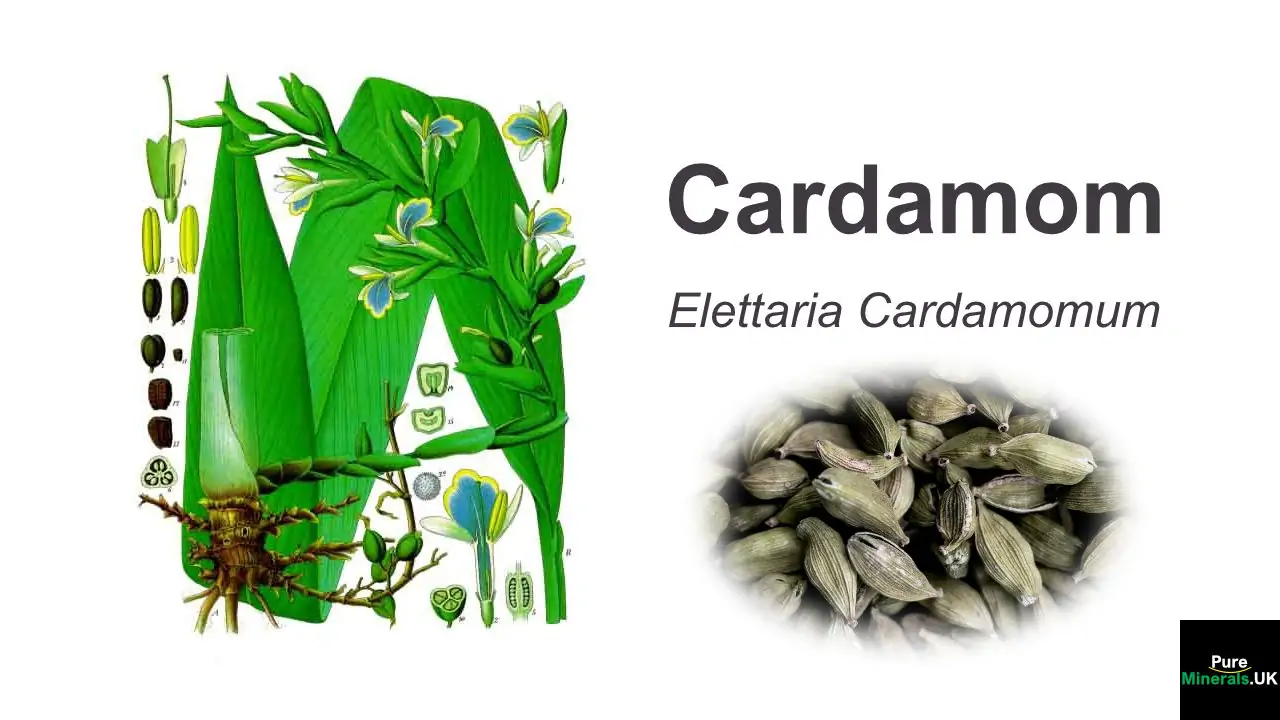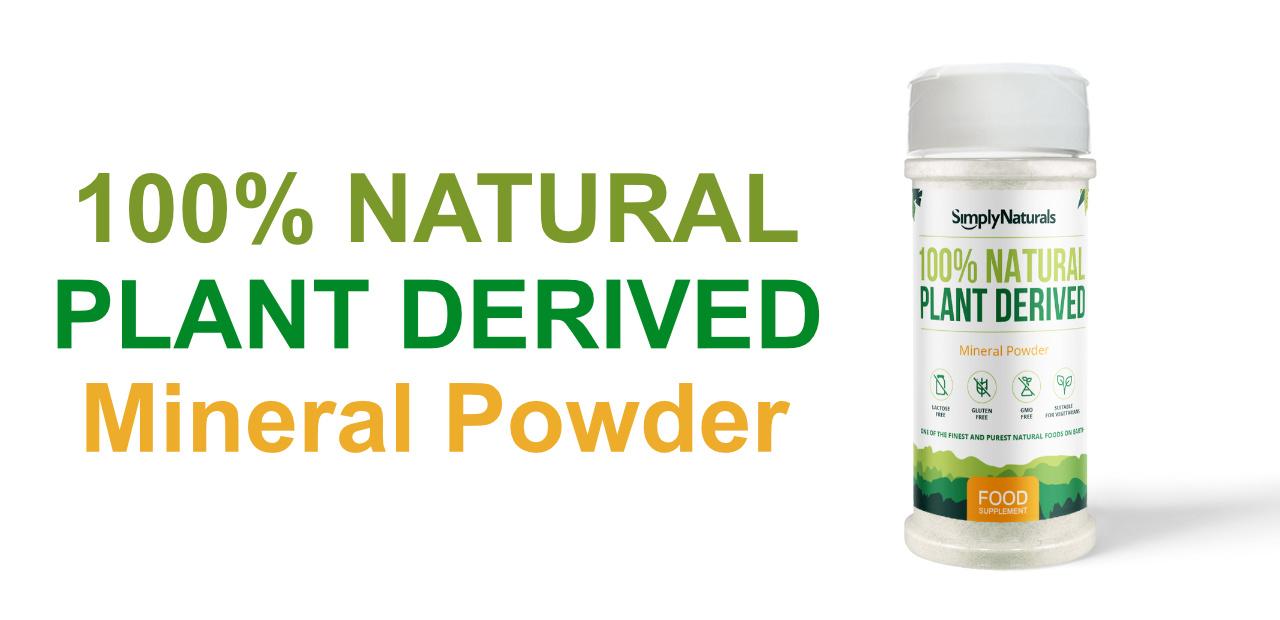Cardamom health benefits – Image credit: Aviatorjk, CC BY-SA 4.0

What is the Cardamom?
Cardamom is a spice that comes from the seeds of various plants in the genera Elettaria and Amomum, belonging to the ginger family, Zingiberaceae. It has a strong, aromatic flavor and is widely used in sweet and savory dishes. It is a member of the ginger family of plants and the world’s third-most precious spice plant, yielding no more than 150 to 200 kg per acre on average.
An Expensive Spice
The perception of spice value can vary depending on cultural, historical, and market factors. However, here are five spices that are generally considered precious:
It's important to note that the prices of spices can fluctuate based on factors such as availability, demand, and global market conditions.
Cardamon Pods
Cardamom pods each contain from 15 to 20 tiny aromatic seeds, which must be snipped from the plants with scissors, so it’s a labor-intensive and tedious task. Cardamom seed is available in the pod or decorated with the outer pod removed. It can be either “whole” or ‘ground.” Use cardamom sparingly in pastry, apple pies, and spicy sauces.
Cardamom Origins
The two primary types of cardamom are Green cardamom, Elettaria cardamomum, and Black cardamom, Amomum subulatum. Green cardamom, also known as true cardamom, is the more common and widely used variety. It is native to India and is extensively cultivated in countries such as Guatemala, Sri Lanka, Tanzania, and Guatemala. On the other hand, black cardamom has a smoky flavor and is larger in size compared to green cardamom. It is mainly grown in the eastern Himalayan region, including countries like Nepal, Bhutan, and parts of India.
Cardamom has a long history of cultivation and use, particularly in South Asia, where it has been used for centuries in traditional Ayurvedic medicine and culinary practices. However, it has also gained popularity in other parts of the world and is now used in various cuisines worldwide.
Spice or an Herb?
Cardamom is classified as a spice rather than an herb. Spices are typically derived from various parts of plants, such as seeds, bark, roots, or fruits, and are used to add flavor, aroma, and color to food. Cardamom spice is obtained from the seeds of plants in the Elettaria and Amomum genera, specifically from the seeds within their pods.
Herbs, on the other hand, are typically derived from the leaves of plants and are used primarily for culinary and medicinal purposes. While some herbs, such as cilantro or parsley, can be used fresh or dried, cardamom is specifically harvested for its seeds, which are then dried and used as a spice. Therefore, due to its seed-derived nature and its common use as a flavoring agent, cardamom is classified as a spice.
5 Cardamom Health Benefits
There are several potential cardamom health benefits. Here are five of them:
It’s worth noting that while cardamom shows promise in these areas, further research is needed to fully understand its potential health benefits and the specific mechanisms involved. As with any dietary component, it’s always a good idea to consume cardamom in moderation as part of a balanced diet. If you have any specific health concerns, it’s recommended to consult with a healthcare professional.
More About Cardamom’s Benefit for Oral Health
There are several potential cardamom health benefits when it comes to oral health. Here are some more details:
It’s important to note that while cardamom can contribute to oral health, it should not replace regular oral hygiene practices such as brushing your teeth, flossing, and visiting your dentist. Instead, cardamom can be a complementary addition to your oral care routine. If you have specific oral health concerns, it’s advisable to consult a dental professional for personalized advice.
Cardamom Health Benefits: Phytochemicals
Cardamom contains several beneficial phytochemicals, which are natural compounds found in plants that have potential health benefits. Some of the key phytochemicals giving cardamom health benefits include:
These phytochemicals in cardamom contribute to its potential health benefits, including its antioxidant, anti-inflammatory, and antimicrobial properties. However, it's important to note that the exact composition and concentration of these phytochemicals can vary depending on the variety and quality of cardamom and other factors.
More Research is Needed
Further research is needed to fully understand the specific effects and mechanisms of these phytochemicals in relation to cardamom health benefits. As with any natural ingredient, it's always advisable to consume cardamom in moderation as part of a varied and balanced diet to enjoy its potential benefits.
Cardamom Health Benefits: Vitamins
While cardamom is not considered a significant source of essential vitamins, it does contain small amounts of certain nutrients that can contribute to overall health. Here are some of the nutrients found in cardamom:
While it contains small amounts of certain vitamins, they are not present in high enough quantities to significantly contribute to your daily recommended intake. However, here are some of the vitamins found in cardamom:
While cardamom contributes subtly to your vitamin intake, it should not be relied upon as a primary source of these nutrients. It's essential to consume a varied diet that includes a wide range of fruits, vegetables, whole grains, and other nutrient-rich foods to meet your daily vitamin requirements.
Cardamom Health Benefits: Minerals
Cardamom contains a variety of minerals that can contribute to overall health. Here are some of the minerals found in cardamom:
While cardamom may not provide significant amounts of these minerals, its inclusion in your diet and a variety of other nutrient-rich foods can contribute to meeting your daily mineral requirements. You now know practically everything about cardamom health benefits.
Cardamom Culinary Uses
Cardamom is a versatile spice that is used in various culinary traditions around the world. Here are some of the most popular culinary uses of cardamom:
Spice Blends

Image credit: Merve Sehirli Nasir on Unsplash
Cardamom is a component of several spice blends. In Indian cuisine, it is often used in garam masala, a popular spice blend used in curries and other dishes. It is also an essential ingredient in the Arabic spice blend called Baharat. Cardamom's flavor complements other spices, adding depth and complexity to the combinations.
Herbs, Spices, and Minerals

As with everything we eat, herbs and spices work optimally in the presence of the full complement of 75+ pure hydrophilic plant-derived minerals. See this page for a complete rundown of why we need ALL the minerals mother nature ought to give us with our foods. Unfortunately, if the herbs and spices are grown on mineral-deficient soils (most commercial farm soils are), they will also lack vital minerals.
Volcanic And Glacial Soils
Those fortunate to have fresh glacial or volcanic soils added to the soil in which their herbs grow can be certain that their herbs will contain many minerals now missing in most soils around the world.
Can We Add Minerals To Grow Bags?
Yes. Our Powdered Minerals contain 75+ minerals from 70-million-year-old Senonian compost extracted from the TRC mines in Utah. Simply add a spoonful of the powder to a watering can before watering the Grow Bag. You only need to do this once because plants take the minerals in trace amounts to be incorporated into their tissues. Think about tomato plants in greenhouses: mineral-rich, juicy tomatoes every time! But growing your own herbs is just as good.
Experiment!
It’ll be worthwhile experimenting: compare the growth and yields of herbs grown in soils with added powdered minerals with those in grow bags with ordinary compost. First, of course, you must adopt the scientific approach and use controls with various mineral dosages. Then repeat the experiment with other herbs. But one thing is for sure: eating mineral-rich herbs will mean you also get to benefit from the minerals.
Links: PubMed 20361714; PubMed 22404574; NIH PMV5557534; USDA 170919; PubMed 18037596; PubMed 22182368; PubMed 25183139; NIH PMC3353705; Research Gate 50874100; allspice; angelica; anise; basil
Synonymous terms: 10 health benefits of cardamom; cardamom health benefits


